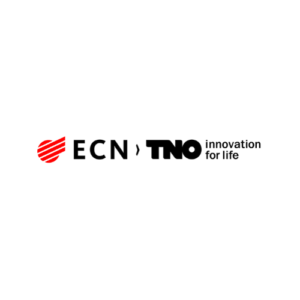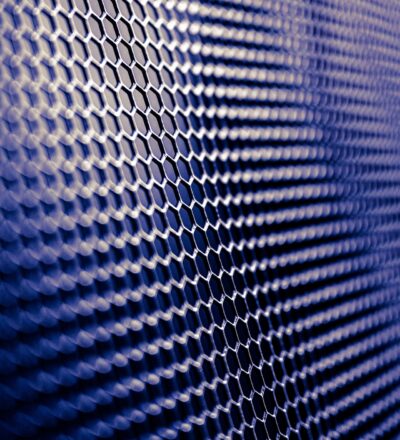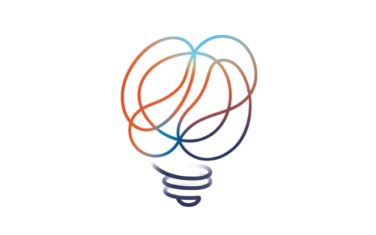Make very tight, low swelling NF or RO membranes for organic solvents, test them in process mixtures as present in industry and demonstrate / evaluate their economic feasibility on small scale, thereby reaching TRL 6.
Incentive
Organic Solvent Nanofiltration (OSN) is known and recognized as a very energy efficient alternative for energy intensive separations like distillation, yet is presently limited to separations with relatively large (size) differences between the solvent and the component(s) to be separated (typical Molecular Weight Cut Off (MWCO) > 500 Da). Expansion of OSN to separations in lower mass regions (< 300 Da) is wanted by industry, but membranes that can do separations at elevated temperatures (≥ 100 °C) and small differences (size, shape, polarizability, complexibility) between the components to be separated from/in a mixture are not standard and definitely not commercially available.
Project goals
The goals of the project are:
- to develop concepts to make very tight, low swelling NF or RO membranes for organic solvents with a MWCO < 300 Da and applicable at elevate temperature.
- to test these membranes in process mixtures as present in industry and to demonstrate / to evaluate their economic feasibility on small scale, thereby reaching TRL 6. Special interest exists for being able to separate components in a mixture having near boiling points (close boiler systems). Even higher energy reductions are expected to be achievable for separation of these systems compared the 50-60% reduction that can be obtained for “easy” solvent recovery processes that incorporate distillation and straight-forward NF.
Activities
Development of membranes based on 5 selected proven membrane types (respectively Hybsi®-, highly cross linked – , block-copolymer – , extra cross linked metal organic framework – and Grignard grafted ceramic membranes), tested in 4 industrial stream compositions, typically for serving the hydrocarbons and isocyanate market. They will be tailored for and tested by the end users. Making a technical-economic evaluation and a road map to implementation. Aim is to enable within 5 years after project completion of this project a first demonstration at higher temperature applications; SME Solsep, partner in this project, is at present involved in implementing OSN in milder processes.
You might also be interested in
Articles / Publications
Acknowledgement & partners
This project is co-funded with subsidy from the Topsector Energy by the Ministry of Economic Affairs and Climate Policy.










